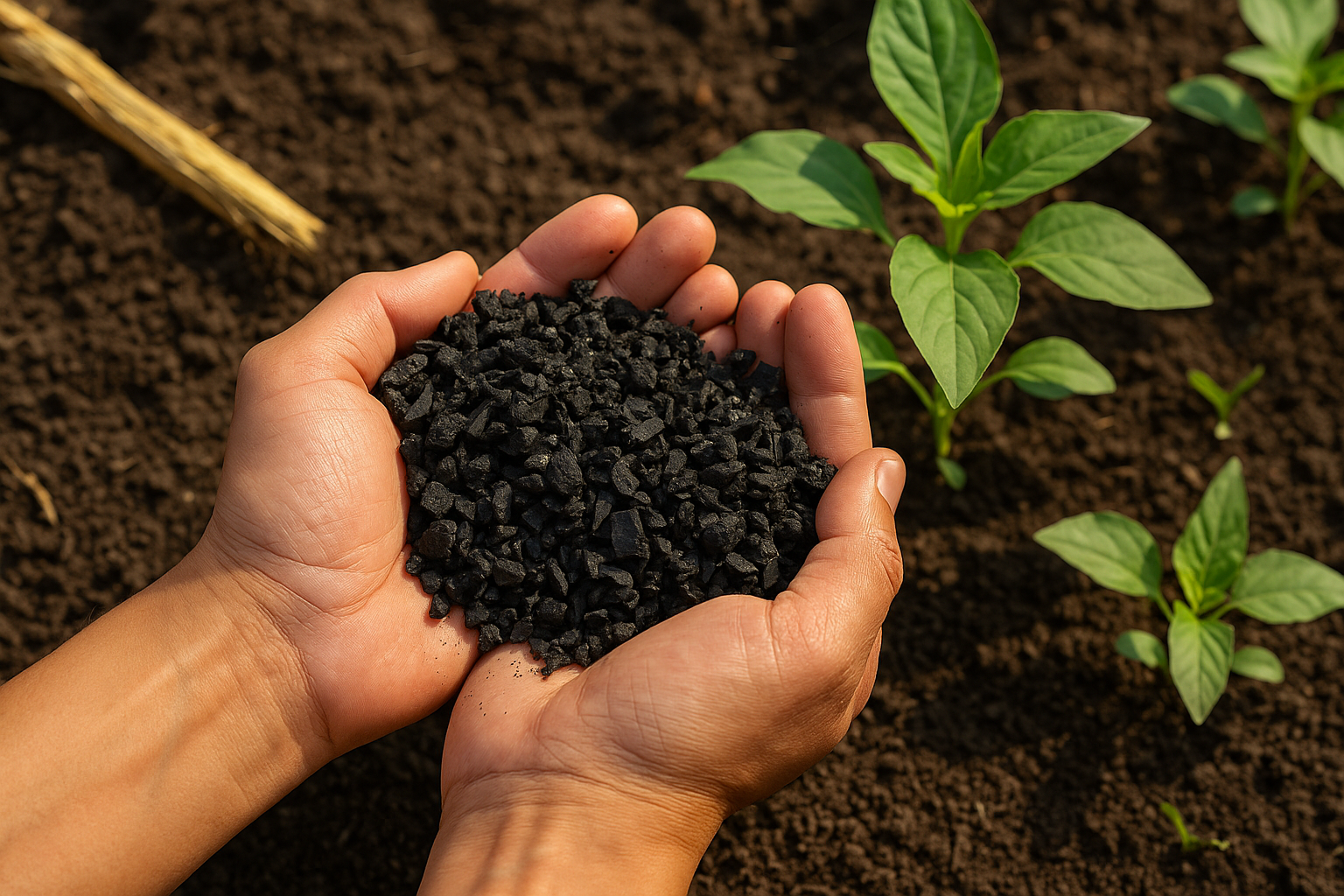Climate Change in Urban Areas
Cities are major energy consumers and significant contributors to air pollution, carbon emissions, and greenhouse gases, all of which heavily drive climate change. Cities account for about 70% of all carbon dioxide emissions (“Northwest Urban Green Spaces and Climate Change”).
Impacts of Climate Change on Cities
Heat island effect is a phenomenon commonly experienced in cities. Heat island effect can explain why cities are warmer than their surrounding rural areas. This effect is more pronounced in densely built areas of cities with minimal greenery. “It is projected that cities may experience about 1.5 times more warming than rural areas because of climate change.” (“Northwest Urban Green Spaces and Climate Change”). Urban areas tend to be covered in impermeable surfaces, preventing water from entering the soil below which leaves these areas vulnerable to flooding. Changing precipitation patterns could lead to an increase in urban flooding.
Urban Gardens and their Role in Fighting Climate Change
What are urban gardens? According to Earthed, urban gardening is the “practice of growing plants, fruits, and vegetables in urban areas” (“What Is Urban Gardening?”). This practice takes many forms like community gardens, green roofs, rain gardens, and parks.
Urban gardens help reduce urban heat islands, improve air quality, and enhance carbon sequestration. By releasing moisture into the air and providing shade, they naturally cool cities which mitigates the heat island effect. Since plants absorb carbon dioxide, reduce greenhouse gases, and release oxygen, urban gardens filter air pollutants and contribute to cleaner air. Additionally, urban gardens are a great way to promote sustainable food production! This is great because industrial agriculture is often associated with overconsumption and deforestation.
5 Urban Gardens YOU Should Check Out in America
- New York Botanical Garden , New York Home to over a million plants
- Portland Japanese Garden, Oregon ← Includes an authentic Japanese Tea House
- Fairchild Tropical Botanic Garden, Florida ← Home to a butterfly exhibit featuring butterfly species from all over the world
- Lewis Ginter Botanical Garden, Virginia ← Features over 12 themed gardens
- Public Garden, Massachusetts ← First public botanical garden in America
How YOU Can Get Involved
There are many great ways to get involved! You can start your own garden at home and donate any excess produce to local food banks. Supporting local farmers’ markets, farms, community gardens, and urban agriculture organizations is another impactful way to contribute. Additionally, volunteering at community gardens or farms helps the effort by providing hands-on support. The best way to get involved is to research urban gardens in your area and find opportunities to participate!
Sources:
Northwest Urban Green Spaces and Climate Change.
What Is Urban Gardening? • Earthed




